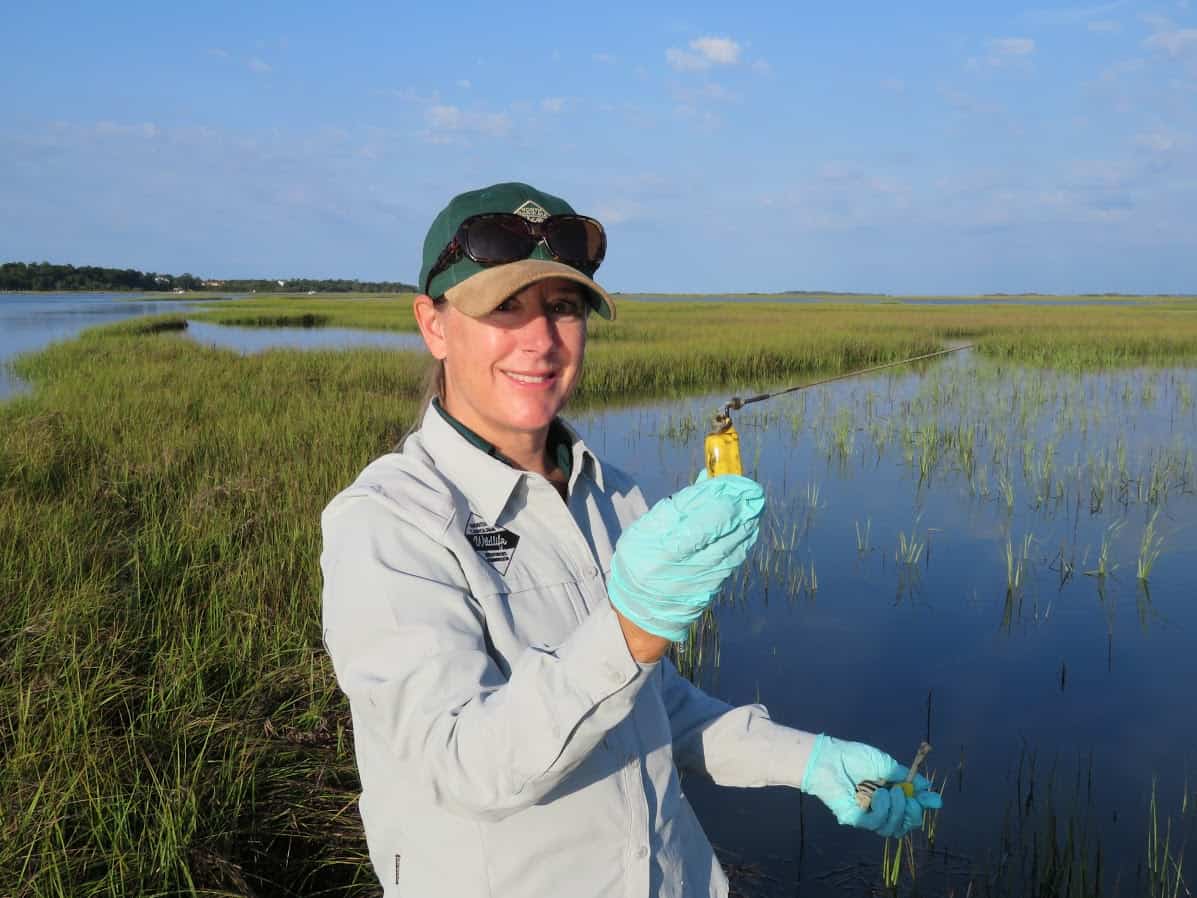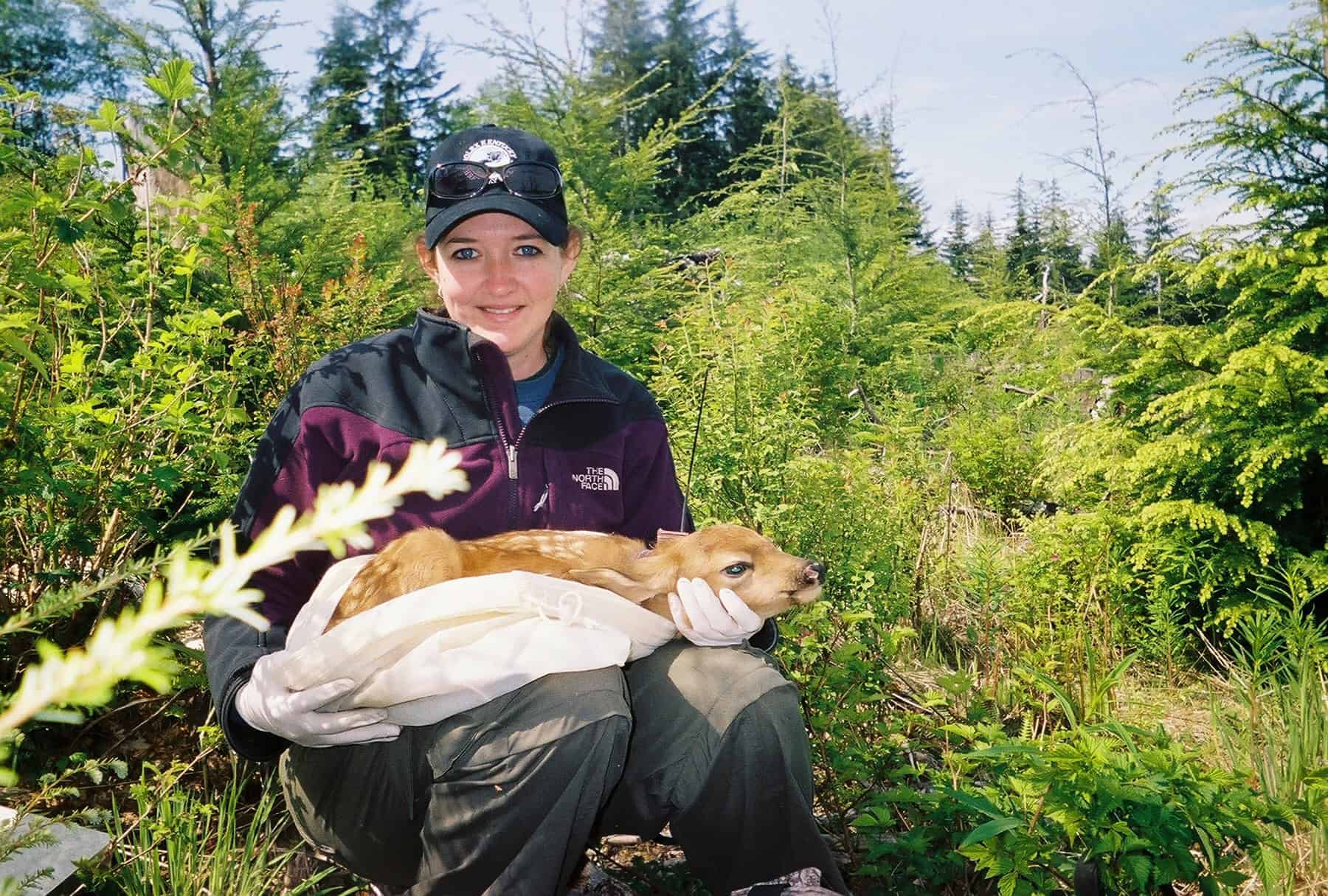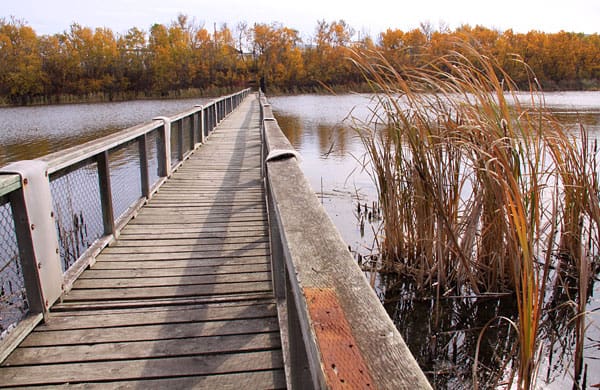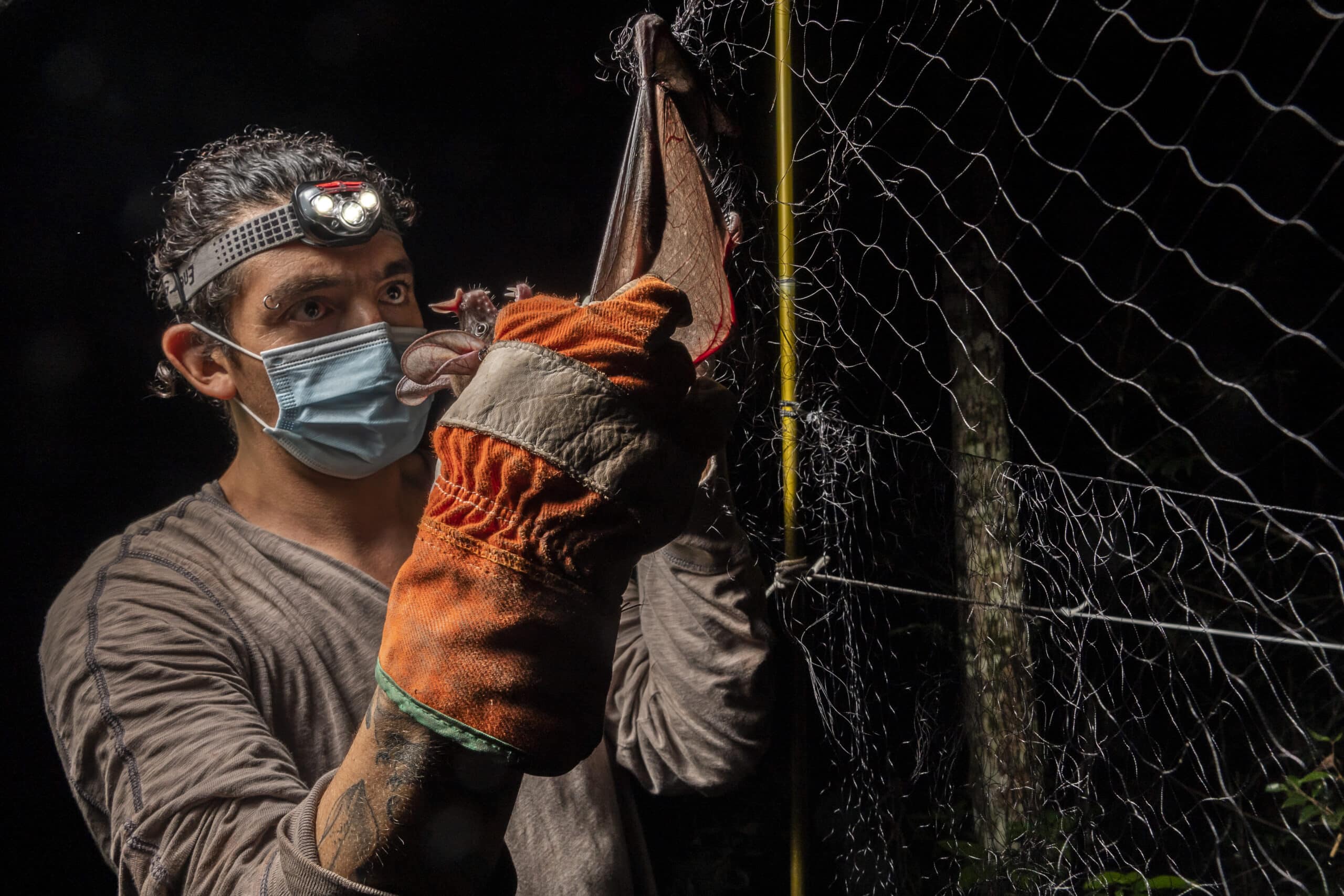Share this article
Wildlife Vocalizations: Sara Schweitzer
Schweitzer studied birds and developed long-term monitoring programs in Bulgaria
I applied for the Fulbright Program not long after many Eastern European nations had split from the Soviet Union. I knew three researchers who had traveled to and worked in Eastern Europe, which piqued my interest. Never did I think my application to become a Fulbright senior lecturer and research scholar would be accepted, but the thin envelope I received held an acceptance letter.
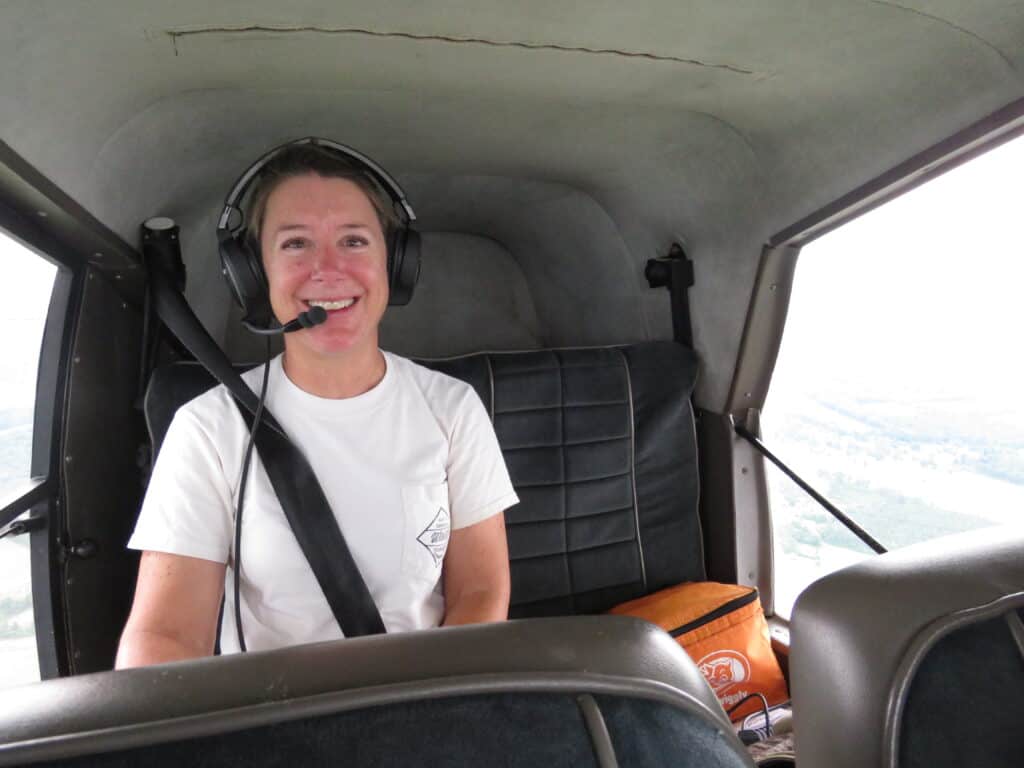
Soon, I was moving to Sofia, Bulgaria, to teach wildlife conservation and begin research. For the next four years, I went back to start a study abroad program and conduct avian research in the Central Balkans National Park.
I saw numerous bird species I had not seen before, as well as brown bears (Ursus arctos), red deer (Cervus elaphus) and chamois (Rupicapra rupicapra). The biologists were incredibly knowledgeable and assisted with plant and bird identification, as well as surveys in wilderness areas and along established hiking trails.
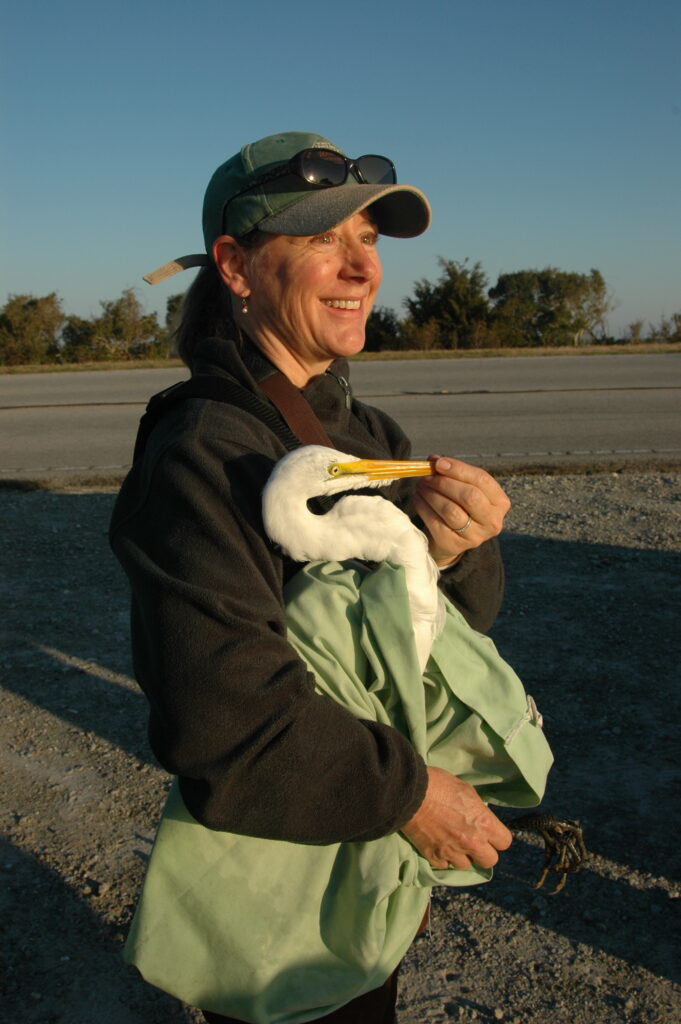
I met lifelong colleagues, exchanged ideas about conservation policies, and helped develop a monitoring program for the park.
I encourage everyone to undertake challenges that you don’t think you’ll surmount—success takes hard work and perseverance.
Breaking new ground and helping develop a long-term monitoring program for newly established ministries was exceptionally fulfilling, although it was a huge effort that took many years to accomplish.
Wildlife Vocalizations is a collection of short personal perspectives from people in the field of wildlife sciences.
Learn more about Wildlife Vocalizations, and read other contributions.
Submit your story for Wildlife Vocalizations or nominate your peers and colleagues to encourage them to share their story. For questions, please contact tws@wildlife.org.
Header Image: Sara Schweitzer holds a transmitter from a dead common loon (Gavia immer) found in the marshes of Bogue Sound, North Carolina. Credit: Earle Berge



